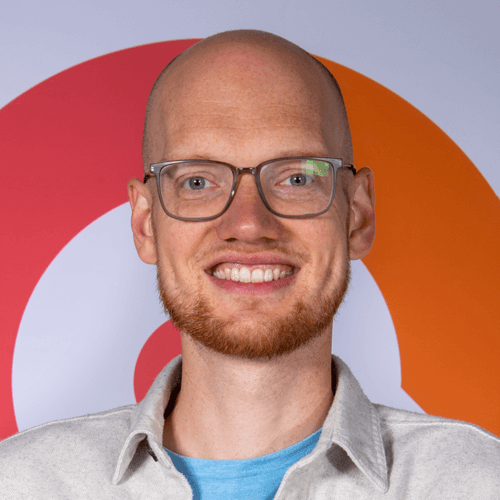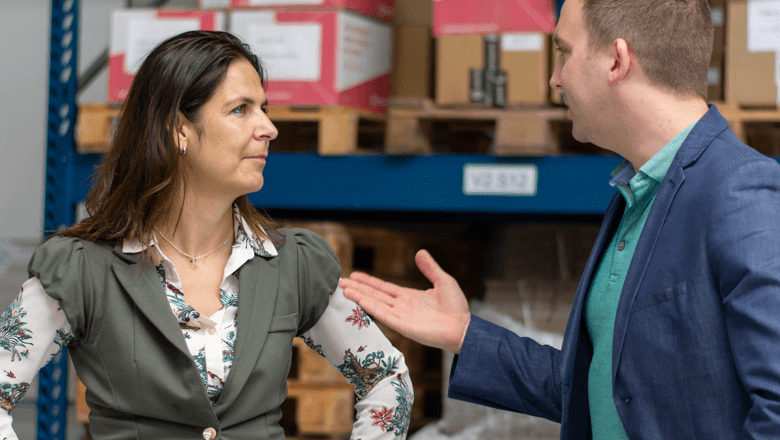A flourishing career in high-tech
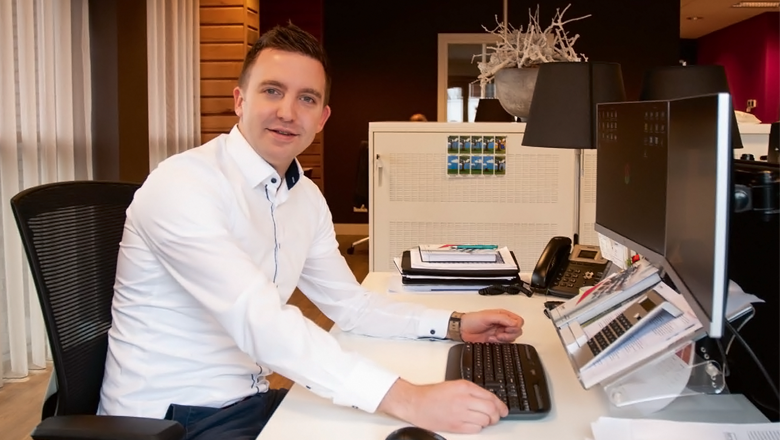
No two days are the same in the working week of Operations Director Hermen Kobus. The young professional talks about what his week involves and his career in high-tech at Sentech. The sensor integrator is experiencing a growth spurt so he faces many challenges in his demanding and varied position. Discover what it’s like to work for a successful high-tech company and how Hermen contributes to the best sensor solutions for Sentech’s clients.
Hermen supervises four Project Engineers and two post-graduates. He is responsible with his team for the project management, engineering and planning of the sensor challenges that Sentech has taken on. He shows you what it’s like to work in high-tech.
Project-based approach to engineering and development
Sentech specialises in sensor integration. Until 2015, Account Managers handled the acquisition and project management of the engineering of sensor solutions. “As a consequence, they had little time left to develop new prospects,” says Hermen. “It was preventing further growth. The management then decided to set up a project department, allowing Account Managers to focus fully on maintaining good customer relations.”
Hermen was brought in at the beginning of 2016 to set up and manage the project department. He has a team of four Project Engineers and two post-graduates with which he takes care of the engineering and development of sensor products and assemblies.
Monday: every day begins with a sales meeting
Hermen has contact with Account Managers and internal services every day via a conference call. “They tell me what is on the programme that day and what they need. I provide input on the status of projects and answer any questions that crop up, or ask them myself.”
After today’s call, I’ll spend 10 minutes discussing ongoing projects with my immediate colleagues and the points raised during the sales meeting. The rest of the day I’ll be working on an innovation project for a manufacturer of large, industrial extractor hoods.”
Engineering a robust sensor module
The company has developed a filterless extraction method. The method consists of a vortex and atomisation system. An air vortex makes grease stick to the wall and this is then dislodged by a spray of cleaning fluid and collected in a drain. The combination of cleaning fluid and grease is a challenge for the sensor system.
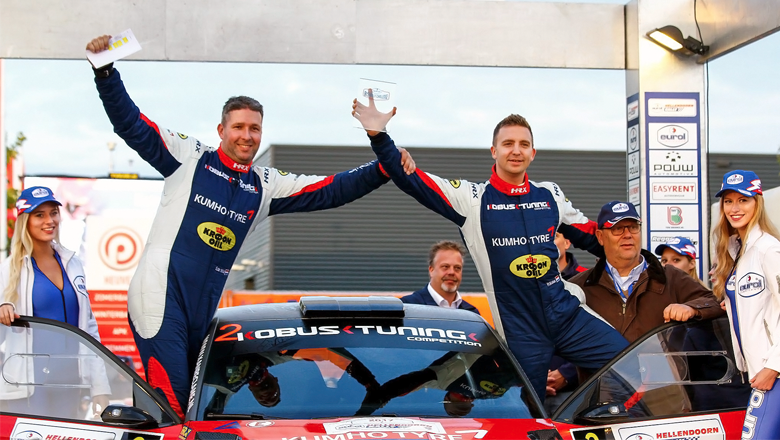
Young professional Hermen Kobus wins Hellendoorn rally
“The standard sensor solution the client was using was not working, because grease landed on the sensors,” Hermen explains. “This meant that kitchens sometimes had to close. We developed a sensor module with the client with a skim cover that protects the sensors. We positioned the module under the surface of the liquid, so that the grease can’t reach it. The kitchens can now stay open all the time.”
Tuesday: growth spurt produces challenges
A day out of the office breaks up the working week. Due to the growth spurt, a strategic meeting with the management team at another location is needed. “Sentech’s success and growth phase also produce challenges. We discuss what can and must be done differently, and how we can connect strategically. But also where we should apply the brakes.”
Wednesday: working on high-tech development projects
Hermen chairs a comprehensive project meeting every Wednesday morning, during which he and his team look at all projects in greater depth. “It’s a good time in the middle of the week to help each other and discuss progress,” he says.
“Today, among other things, the development project for Agrifac is on the agenda. The company develops and manufactures farming machinery, including innovative spray booms for spraying fields. We have developed and produced a prototype radar sensor for this.”
It helps the spraying of crops by measuring the crop height and distance from the ground. We are currently testing the prototype in the field on an Agrifac spray boom. We’re discussing a solution for the cooling of the chip and the housing, which also has to be able to withstand extreme conditions.”
This means that we need to comply with the IP69K standard: the highest standard for resistance to dust, moisture and high temperatures.
Smooth transfer of new projects
After lunch, Hermen starts planning the development of a tape feeder; a new project that Sentech has just brought in. “I have drawn up a procedure for taking over new business. It starts with a project initiation document in which the responsible Account Manager fills in the concept. This is followed by an internal meeting when we establish the process steps, deliverables and the preliminary specifications for the final product.”
The final document needs to be approved by the client. “We manage expectations about the result this way and avoid disappointments.”
“I draw up the schedule in consultation with the project team members. I expect realistic estimates, otherwise they have some explaining to do. I need roughly four hours to map the entire process flow. Except for automotive projects. These are a little more complex, because we need to supply a lot more documentation. And that takes time.”
Thursday: dealing with unexpected events
Projects don’t always go as planned. A good project organisation anticipates this, is inventive and is quick to find solutions. That’s how Thursday begins for Hermen. “We have designed a manual control for a patient lifting system. The first series of control boxes turned out not to fit the test bed provided to us. Bending is not an option and we agreed to deliver the first series in two weeks.
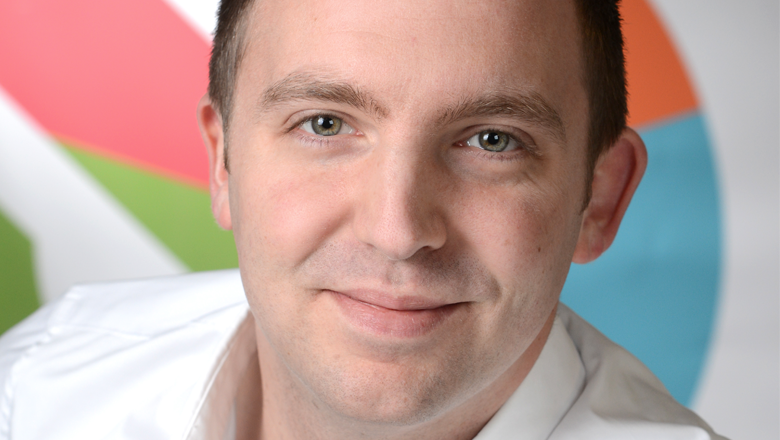
The team has been working on a solution all day. The problem was unexpected because the first sample did fit two weeks ago. The material apparently warped during serial production. “Like a banana,” said the injection moulder. In order to meet the deadline, he independently decided to choose a different material.
“With the best intentions, of course,” says Hermen. “But there were serious consequences. The buttons are now three-tenths of a millimetre too big. Fortunately, we had a meeting with the injection moulder and we were able to find a solution. And we’re probably still going to make the deadline!”
Friday: knowledge sharing and coaching
This particular Friday is all about knowledge sharing and coaching for Hermen. He not only works on his own, personal development this way but also brings new knowledge and experience to Sentech. “I’m a member of The House of Technology’s CTO club,” he says. “We meet with engineers from OEMs and their suppliers once a month. We talk about interesting practical cases and share knowledge.”
Independent product development How do you do that?
“This morning, we’re discussing the development of a product of our own. I’m bringing in a project that may lead to a radar product. It’s educational for me to find out how others approach independent product development,” Hermen emphasises.
Sentech sells sensor solutions based on the challenges its clients face. “We don’t just sell products,” he continues, “and certainly not straight from a catalogue.”
There are interesting questions and answers involved. How do you deal with a different market approach in your organisation? How do you avoid neglecting product development if you get too busy with normal, commercial projects? And how do you ensure that the product is configured to order, so you don’t have to build something new for each client?
“Our discussions are very informative and I can bring the benefits of that knowledge back to Sentech.”
High-tech career: from engineering to management
I have the first meeting in a series of six with my personal career coach this afternoon. Since my appointment, the project team has grown to six people, including two post-graduates. The balance of my work has shifted from engineering to management and planning.
“I make sure I don’t stray too far, because I’m nuts about technology. I’m currently spending only about 10 per cent of my time on engineering, which I have to juggle with my other tasks and responsibilities. Fortunately, I’m still able to immerse myself regularly in the technical aspects of our projects.
Over the coming period, my career coach and I will look at where I can get my intrinsic motivation in the future from. Then we’ll look at what that means for my day-to-day work. I think it’s marvellous that Sentech allows so much time for personal development. It feels like taking a warm bath. I’m looking forward to the years ahead and all the new challenges!”
How to deal with dynamics between departments?
During a successful sensor integration project, the interests of Engineering and Sales may sometimes diverge. Where the Account Manager wants to offer flexibility to the customer, the Engineer will stick to the processes, to ensure quality.
Read how our sensor experts find a balance in this.
This article was published in Mechatronica&Machinebouw nr.3 2018 and is written by Alexander Pil


